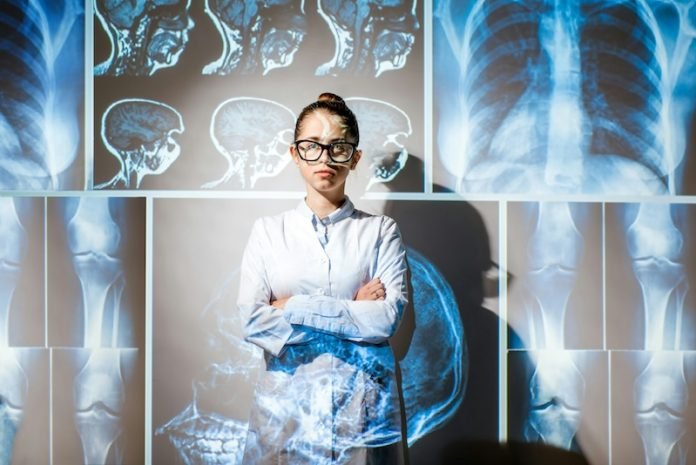
In the quest to understand and combat neurological disorders, science has been a beacon of hope, continually unveiling new tools and insights.
Among these advances, a particular breakthrough offers a glimmer of light in the shadows cast by Parkinson’s disease and Lewy body dementia—two conditions that, while distinct, share a common and insidious enemy in the form of Lewy bodies.
This exploration delves into how PET scans, a sophisticated imaging technique, may hold the key to predicting the risk of these challenging conditions, all presented in plain language for universal understanding.
Parkinson’s disease and Lewy body dementia are like two branches of the same twisted tree, both stemming from the accumulation of abnormal protein deposits in the brain known as Lewy bodies.
Parkinson’s primarily affects movement, leading to tremors, stiffness, and difficulty with balance and coordination. Lewy body dementia, on the other hand, strikes the mind, causing problems with thinking, memory, and judgment, often accompanied by hallucinations.
Despite their differences, both conditions weave a complex web of symptoms that significantly impact individuals’ lives.
Enter the PET scan, or positron emission tomography, a technology that allows us to peek into the living brain with unprecedented clarity.
PET scans work by detecting radioactive tracers injected into the bloodstream, which then accumulate in areas of the brain depending on the activity level and health of brain cells.
This capability has made PET scans a valuable ally in diagnosing various conditions, including cancer, heart disease, and now, potentially, Parkinson’s and Lewy body dementia.
Recent research has shown that PET scans can identify changes in the brain associated with the accumulation of Lewy bodies, even before symptoms become apparent.
This finding is akin to spotting storm clouds on the horizon long before the storm arrives, offering a precious window of opportunity for intervention.
By detecting subtle alterations in brain metabolism or the presence of specific proteins linked to these conditions, PET scans can flag individuals at higher risk, paving the way for earlier and more targeted treatments.
One study highlighted the potential of PET scans to differentiate between Parkinson’s disease and Lewy body dementia based on the pattern and location of brain abnormalities. This distinction is crucial, as it can influence treatment decisions and prognosis.
Furthermore, tracking these changes over time could offer insights into how these conditions evolve, enabling researchers to develop more effective therapies aimed at slowing or even halting their progression.
The implications of this research are profound. For individuals at risk of Parkinson’s or Lewy body dementia, early detection through PET scanning could mean the difference between uncertainty and action.
It opens the door to proactive measures, such as lifestyle changes, medications, or participation in clinical trials for novel treatments, potentially delaying the onset or reducing the severity of symptoms.
In conclusion, as we navigate the complexities of neurological disorders, PET scans emerge as a beacon, offering hope and direction.
This cutting-edge technology not only enhances our understanding of Parkinson’s and Lewy body dementia but also empowers us to anticipate and address these conditions more effectively.
While challenges remain, and further research is needed to fully realize this potential, the promise of PET scans in forecasting the risk of Parkinson’s and Lewy body dementia illuminates a path forward, offering a brighter outlook for those touched by these shadows.
If you care about Parkinson’s disease, please read studies that Vitamin B may slow down cognitive decline, and Mediterranean diet could help lower risk of Parkinson’s.
For more information about brain health, please see recent studies that blueberry supplements may prevent cognitive decline, and results showing Plant-based diets could protect cognitive health from air pollution.
Copyright © 2024 Knowridge Science Report. All rights reserved.



